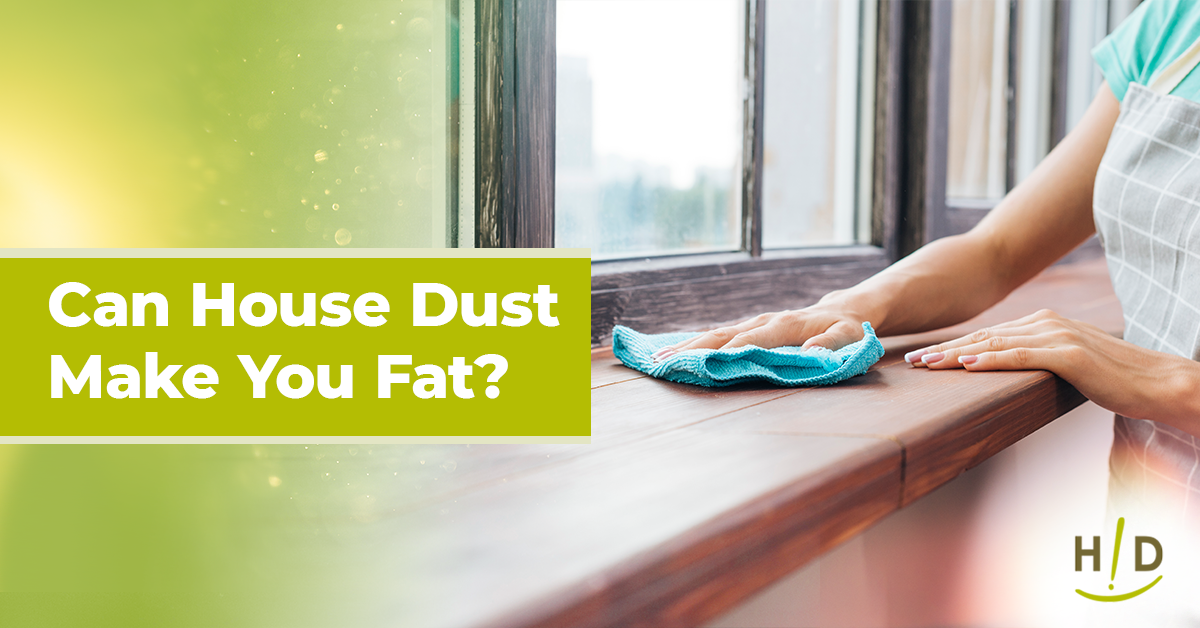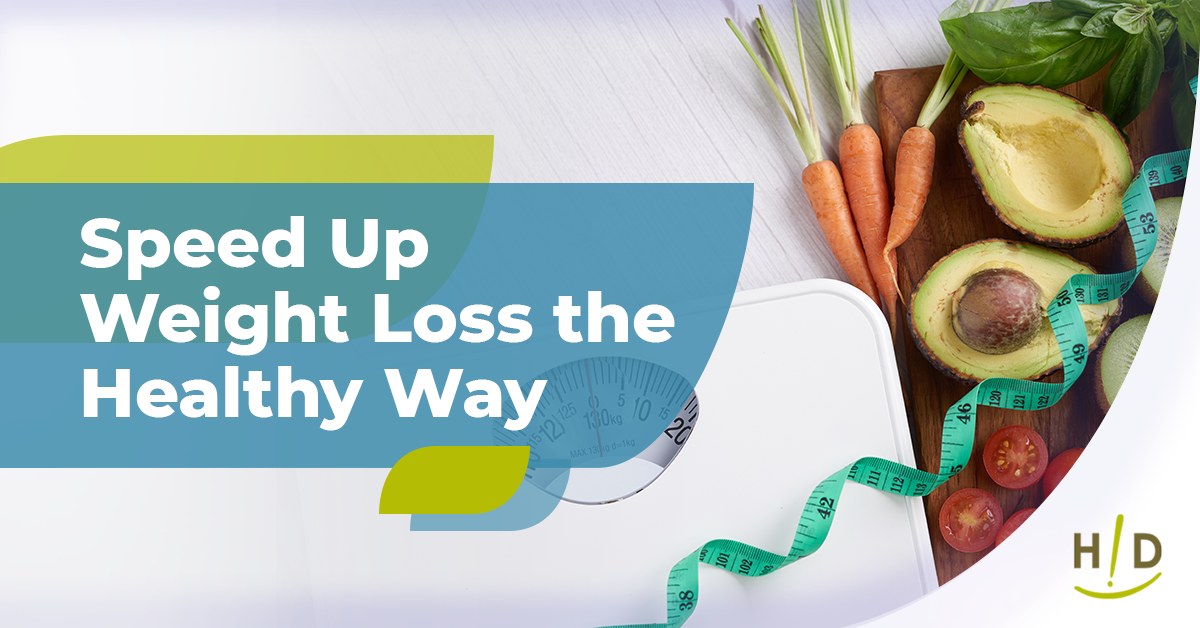We all know that diet and physical exercise are extremely powerful in the fight against obesity. But there is also another important factor that is gaining attention although it has been around since the beginning of time—household dust.
It’s not just skin cells and dust mites that we need to be concerned about anymore. Common environmental pollutants that invade your house every day from sources such as open windows, flame retardants on furniture and clothing, plastics in the kitchen, chemicals in the cleaning supplies, and dry cleaning chemicals as well as many other synthetic or naturally occurring compounds can interfere with or mimic the body’s hormones. They are known as endocrine-disrupting chemicals or EDC’s.
A recent (2017) study in American Chemical Society’s journal Environmental Science and Technology reports that small amounts of house dust containing many of these compounds can spur fat cells to accumulate more triglycerides, or fat, in a lab dish.
These EDC’s are known for their negative effects on reproductive, neurological and immune functions. But other studies are finding the effects on metabolic functions can include weight gain later in life if exposed to them early in life. The new term for these house dust chemicals is “obesogens”.
While some manufacturers have reduced the use of EDC’s in products, most have no interest in changing their chemical composition. People have so little knowledge that the dust sitting on their nightstand or on their counters can be inhaled, ingested or absorbed through the skin. As is typically the case, children are the ones who tend to be most adversely affected by this dust. The U. S. Environmental Protection Agency estimates that children consume 50 milligrams of house dust each day.
This brought to mind an interesting correlation that might be worth studying further. When our son was diagnosed at the age of 14 with Hodgins Lymphoma, there must have been 6 or more different doctors asking if he had indoor pets. The answer was a resounding yes. There were several dogs in the household while he was growing up.
This study just makes us wonder if the house dust he was growing up with might have had other components in addition to the normal chemical ingredients that may have been a factor in his developing that type of cancer.
Concerned about the potential effects EDCs in dust might have on children's health, Heather Stapleton and colleagues wanted to see if the compounds in house dust might influence fat cells.
The researchers collected samples of indoor dust from 11 homes in North Carolina and tested extracts from the samples in mouse cells, often used to test compounds for potential effects on the accumulation of triglycerides, a type of fat. Extracts from seven of the 11 dust samples triggered the cells to develop into mature fat cells and accumulate triglycerides. Extracts from nine samples spurred the cells to divide, creating a larger pool of precursor fat cells. Only one dust sample had no effect.
Additionally, among the 44-individual common house dust contaminants tested in this model, pyraclostrobin (a pesticide), the flame-retardant TBPDP, and DBP, a commonly used plastic, had the strongest fat-producing effects. This suggests that the mixture of these chemicals in house dust is promoting the accumulation of triglycerides and fat cells, the researchers say. Amounts of dust as low as 3 micrograms -- well below the mass of dust that children are exposed to daily -- caused measurable effects. Thus, the researchers also suggest that house dust is a likely exposure source of chemicals that may be able to disrupt metabolic health, particularly in children.
The best thing you can do is to limit the amount of dust in your home. Some of the most effective ways to do this include:
- Use an air cleaner with a HEPA filter. This can help remove some allergens (such as pollen or animal dander) and smoke from either tobacco or fireplace from the air in your home.
- If you have wall-to-wall carpet, tear it out and replace it with wood or tile flooring if you can, as it’s one of the leading causes of excess dust in the home. You should also avoid furniture covered with fabrics. Use pillow and mattress covers made from a tight-weave fabric that keeps out dust and dust mites. Use furniture made of wood, plastic, leather or vinyl that you can wipe clean. Granted, each of them will have their own chemical composition, but unless you want to sit on the floor, you will need to choose the least of the allergenic options.
- Damp-mop hard floors such as tile or hardwood once a day.
- Dust and vacuum once or twice a week to remove the buildup of allergens. Use a dry cloth to wipe hard surfaces such as countertops, tables and other furniture.
- Put airtight, plastic dust-mite covers on pillows, mattresses and box springs.
- Use pillows filled with polyester fibers instead of feathers.
- Wash bedding in very hot water (over 130 F) once a week. The water needs to be this hot to kill dust mites. Dry the bedding in a hot dryer.
- Either create your own household cleaners out of non-toxic ingredients or purchase ones that are non-toxic. Whether it is laundry soap, dish soap, candles or room fresheners, stay away from anything that will cause you to breathe in their residue and cause metabolic distress.
- Even though keeping your windows open will invite other forms of environmental dust, it will also provide fresh air to enter your home which is far better than a closed off room.
- Stop sending your clothes to a dry cleaner.
- Christopher D. Kassotis, Kate Hoffman, Heather M. Stapleton. Characterization of Adipogenic Activity of House Dust Extracts and Semi-Volatile Indoor Contaminants in 3T3-L1 Cells. Environmental Science & Technology, 2017; DOI: 1021/acs.est.7b0178








